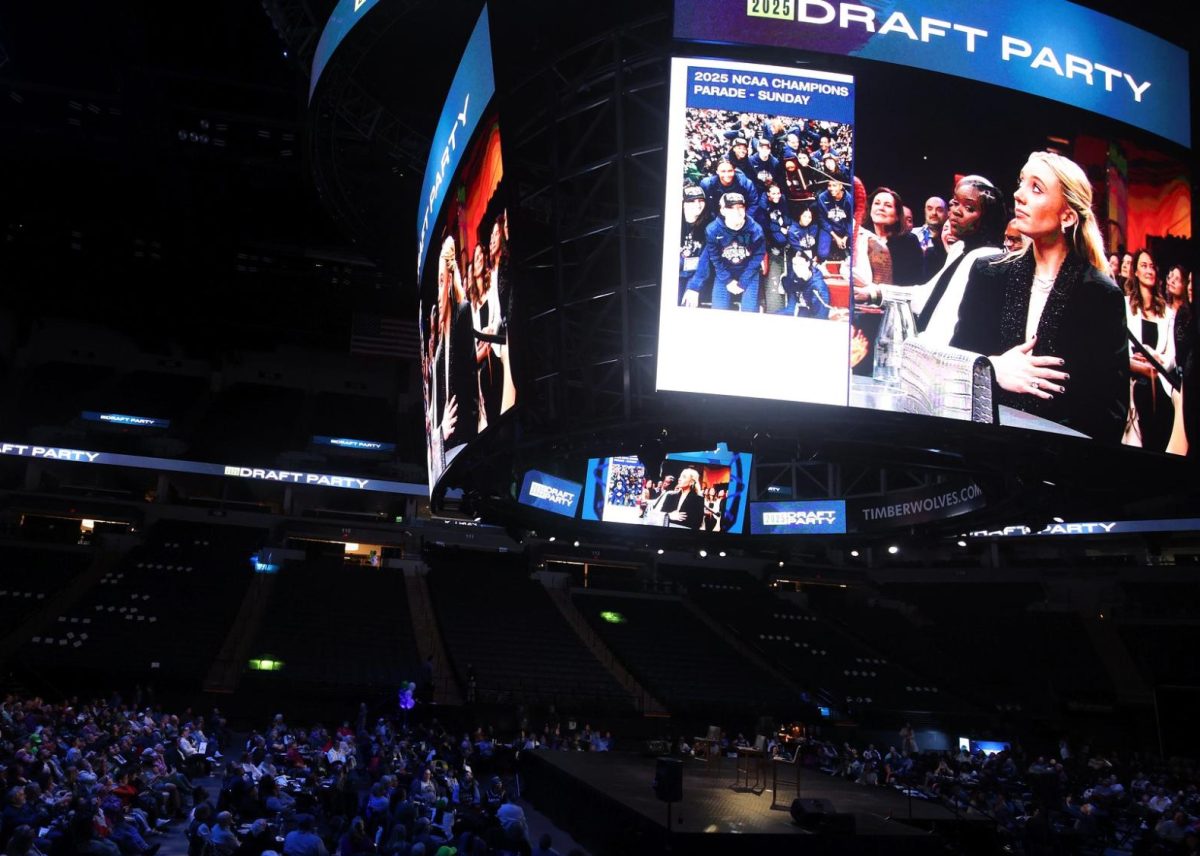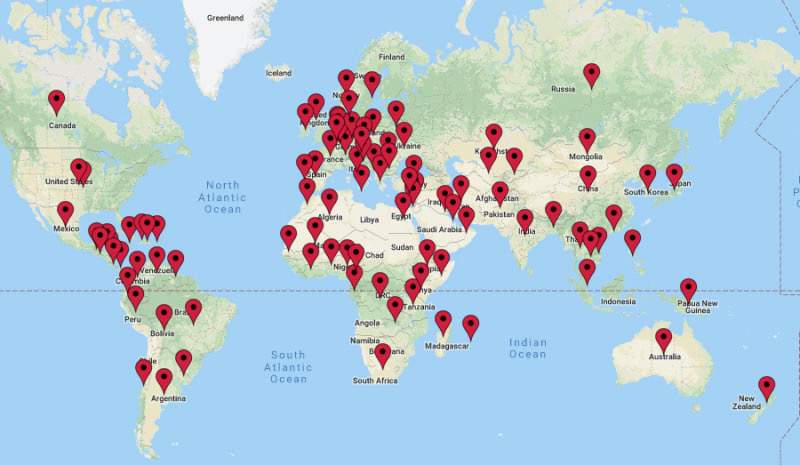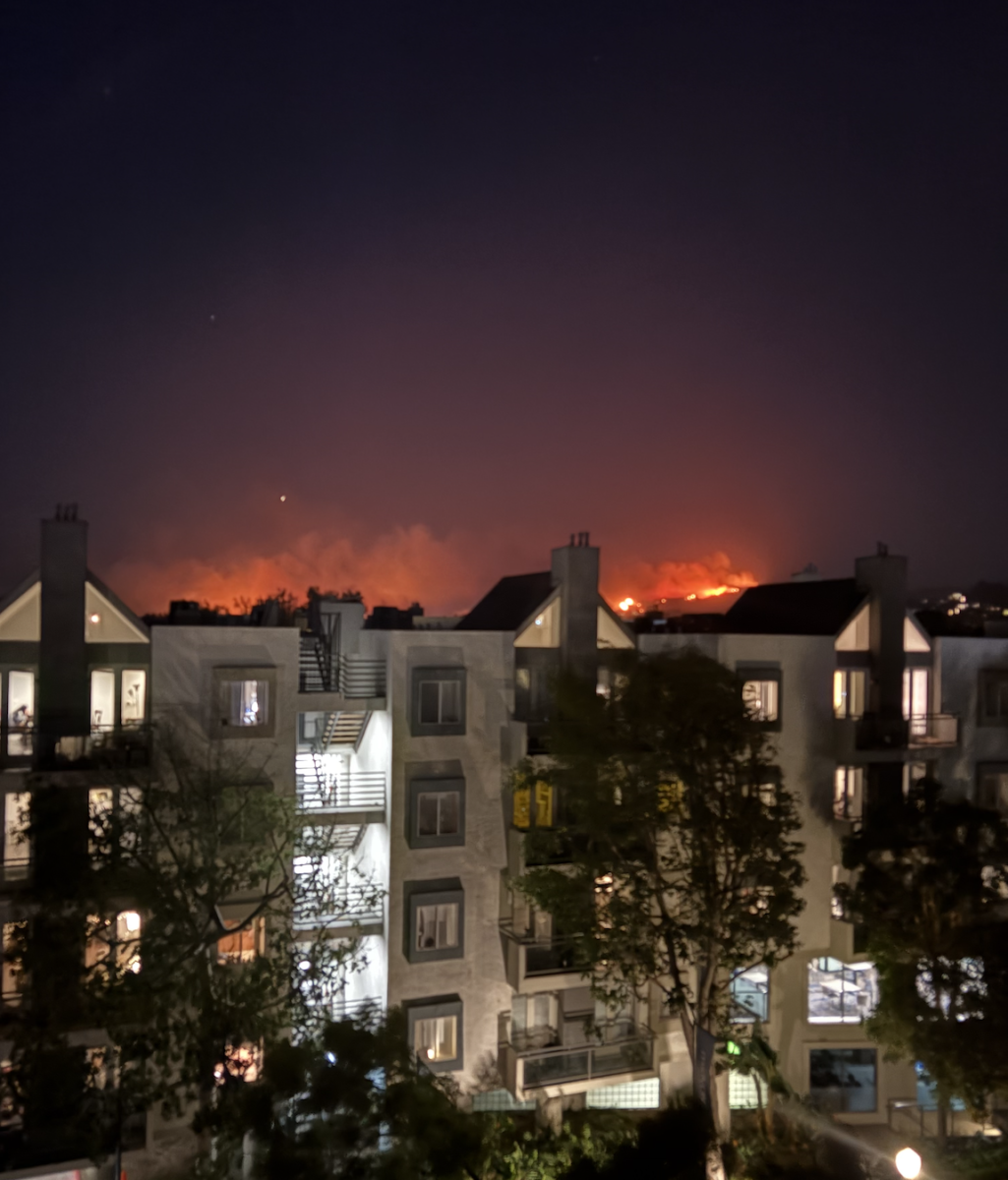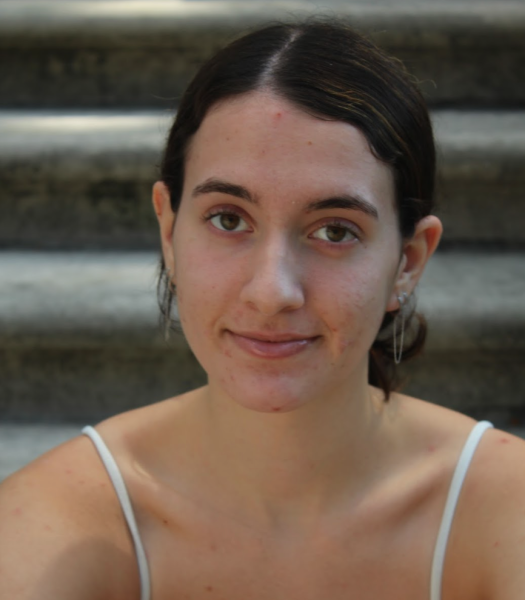WIS is one of the top-rated private schools in the D.C. area, according to Niche. One of its core aspects is that it is known as an “international school.”
There are many different interpretations of what an international school truly is.
Upper School Biology teacher Erin Copeland believes an international school must have two key components. “One [aspect] is the mix of teachers that are involved in that school, whether they’ve taught internationally or they are all from different countries,” she said. “Also, the student body is very diverse in terms of which nationalities they are. So it’s not predominantly one nationality or one type of culture. You’ve got, ideally, a lovely mix.”
Sophomore Siena Geating agrees with Copeland and also points out the importance of having an IB Diploma Program (IBDP).
“I think that the IB is such an interesting program that creates such balanced students and I think it helps prepare people for life,” Geating said. “It helps you understand reflection, planning, and taking initiative.”
According to International Schools Global, for a school to be International it has to meet one of three criteria: Teach in a language different from the host country’s official language, teach a curriculum different from the host country’s national curriculum and have an international orientation.
While WIS does meet all of the criteria, how it compares to other international schools across the world based on the experiences of some of its community members is something worth exploring.
Geating attended the International School of Phnom Penh (ISPP) in Cambodia and recalls it being very similar to WIS. While her old school had a lot of racial and ethnic diversity, she believes WIS, while quite diverse, does not have the same experience. While WIS teaches more languages, and the student body seems to be diverse, though less so, one major difference is the lack of the Middle Years Program (MYP).
“There’s a bunch of little details that make it more international,” Geating said. “I think it’s a mix of the people, the curriculum, and the interactions and conversations that people have. People talk about traveling all around the world. They have these cool stories and you wouldn’t get that in a less international school.”
The MYP is a five-year program that prepares students to enter the IBDP, according to the International Baccalaureate. The MYP program is meant to set students up for an easy transition to the IB.
Middle and Upper School Science Teacher Trish Beck has worked in Caracas, Venezuela, an international school in Malaysia, the American School of Madrid, and an American school in Brazil. She believes that WIS compares very nicely to the other international and American schools she has worked at.
Based on the country where the school is located, some cultural differences are prominent. “I think there was always more of a familiar relationship between teachers and students in Brazil,” Beck said. “The Brazilian teachers hugged all the kids all the time, even kissed them… same in Spain. You don’t get that here.”
Apart from culture and teaching styles that differ across schools, when it comes down to the student body, everyone brings in a different cultural mindset, which is something unique to an international school.
“[Environmental Systems & Societies] (ESS) is one of those classes where we’re not talking about us; we’re talking global all the time, and I always have the Brazilians, they’re bringing in their thing, the Argentinian kids, the Moroccan kids, everybody is talking about their links to other places and you can tell that they are connected to those places,” Beck said.
International schools offer different languages and have a student body that comes both from abroad and from the area. The student’s parents are all from around the world, and almost every student is bringing in at least more than one unique perspective in their thinking thanks to the cultural mindset they have developed.
At WIS there are 103 countries/territories represented by parents in 2020 and 74 countries represented by students. 48% of students are white, and 14% are Latino or Hispanic. 10% are multiracial or multi-ethnic, 6% are African-American, 5% are Asian and 4% are Middle-Eastern.
That international perspective is something that could be lacking in a non-international school.
Copeland has had a different perspective on teaching at several different international schools.
“The first school I taught at in Australia was a really interesting mix of Australians and New Zealand and Samoans and Fijians,” Copeland said. “So that was really interesting to see how those cultures came together. The school that I taught at in Abu Dhabi was international, but it was more predominantly Middle Eastern cultures in that school, so like Lebanese, Syrian, Egyptian, Iraqi, Iranian,” Copeland said.
Like Beck, there is a distinct cultural difference that appears in schools all across the world. “Here at WIS I would say, it’s an international school, but predominantly, definitely American culture, and an American school,” Copeland said.
Copeland believes that WIS based on its curriculum is on par with other international schools, and due to living in D.C., the people are open-minded. However, there is a predominant American culture, which isn’t necessarily bad but can overshadow internationalism.
“We don’t really do a lot of true integration of other nationalities or other cultures that are here at WIS into what we do in our day-to-day life at WIS apart from wearing a flag and eating some food… It needs to go a bit deeper,” Copeland said.
While WIS is both an international and academically rigorous school, it can still show that it is international, not just by demographics but by its actions, celebrations, and commitments to its entire community.
Copeland offers some advice to WIS, including hiring teachers that are from different countries and cultures, and also embedding more cultural events such as Cinco de Mayo and Hanukkah.
“There are things that we could change to really show that we showcase [more than just] the traditional American calendar,” she said. “That’s [not] a bad thing, that’s the majority of our population, but if you want to be international you have to step out of yourself and your comfort zone.”
By Elektra Gea-Sereti


































































